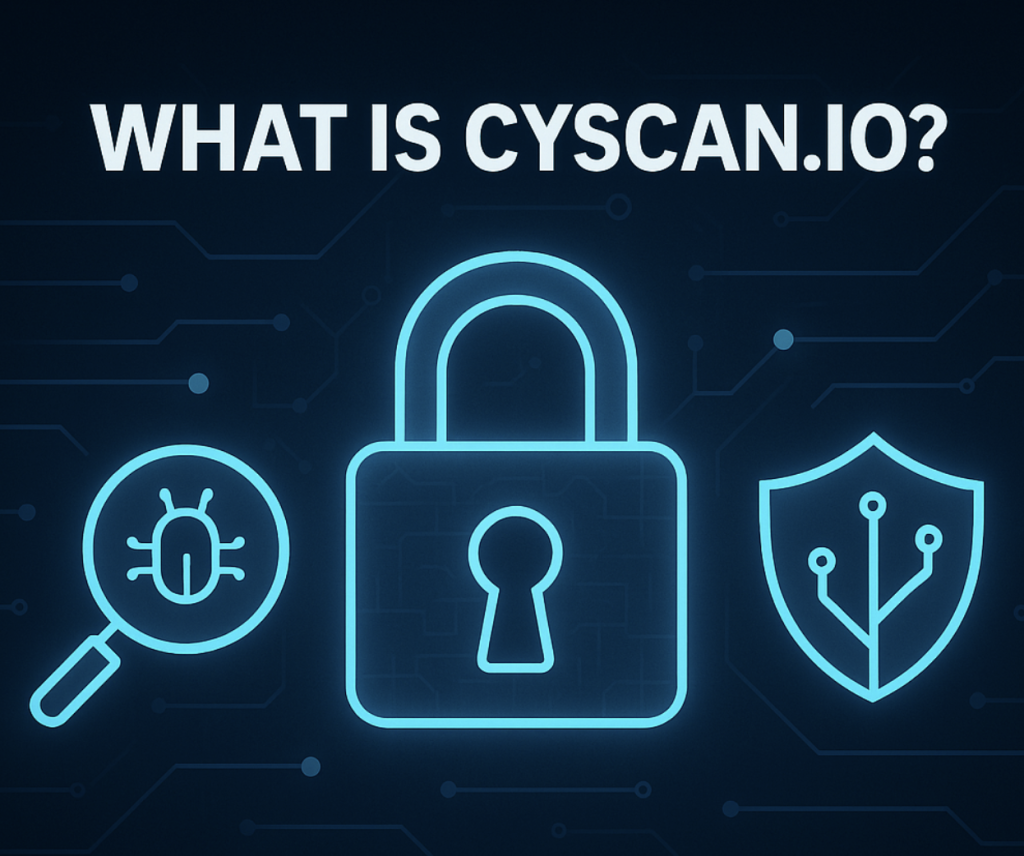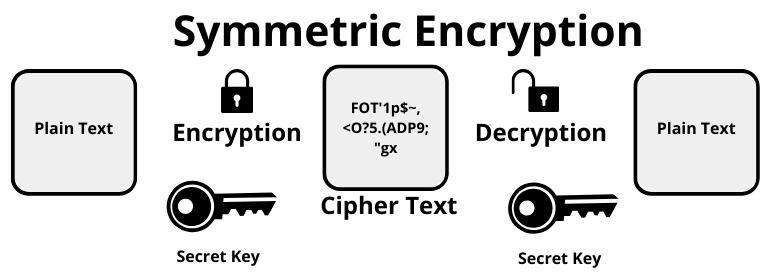Decrypt Everything: Understanding Asymmetric Encryption
Introduction:
In today’s digital world, protecting our data is crucial. Encryption plays a key role in keeping our sensitive information secure during transmission. Among the different encryption methods, asymmetric encryption stands out due to its unique approach and robust security features. So, what exactly is asymmetric encryption, and why is it so essential?
Encryption Basics:
Encryption is the process of transforming plain text into coded text, making it unreadable to unauthorized users. This ensures that only those with the correct key can decrypt and access the original information. There are two main types of encryption: symmetric and asymmetric. In symmetric encryption, the same key is used for both encryption and decryption. Asymmetric encryption, on the other hand, uses two keys: a private key and a public key.
What is Asymmetric Encryption?
Asymmetric encryption, also known as public-key cryptography, involves a pair of keys that are mathematically related: a public key and a private key. The public key is used to encrypt data, while the private key is used to decrypt it. The public key can be shared openly, but the private key must be kept secure. This ensures that even if someone intercepts the encrypted data, they cannot decrypt it without the private key.
How Does Asymmetric Encryption Work?
Here’s a simple breakdown of how asymmetric encryption works:
- Key Pair Generation: A pair of keys—a public key and a private key—is created.
- Public Key Distribution: The public key is shared with the intended recipient(s).
- Data Encryption: The sender encrypts the data using the recipient’s public key.
- Sending the Encrypted Data: The encrypted data is sent to the recipient over a secure channel.
- Data Decryption: The recipient uses their private key to decrypt the data and access the original information.
Example Use Case:
Imagine Alice wants to send Bob a private message. Bob shares his public key with Alice. Alice uses Bob’s public key to encrypt her message and then sends the encrypted message to Bob. Bob can then decrypt the message using his private key, ensuring that only he can read it.
Advantages of Asymmetric Encryption:
Asymmetric encryption offers several advantages over symmetric encryption:
- Enhanced Security: The use of two keys makes it more secure and harder for attackers to access the data.
- Public Key Distribution: Public keys can be shared widely without compromising the security of the private key.
- Digital Signatures: Asymmetric encryption enables digital signatures, which verify the authenticity and integrity of messages and documents.
Applications of Asymmetric Encryption:
Asymmetric encryption is used in various important applications:
- Secure Communications: Email encryption (e.g., Pretty Good Privacy, or PGP) uses asymmetric encryption to ensure message privacy.
- Digital Certificates and SSL/TLS: Protocols like SSL/TLS use asymmetric encryption to secure online transactions and communications.
- Blockchain and Cryptocurrency: Asymmetric encryption is crucial in blockchain technology and cryptocurrencies for securing and verifying transactions.
Challenges and Considerations:
While asymmetric encryption has many benefits, it also presents some challenges:
- Computational Demand: Asymmetric encryption requires more computational power than symmetric encryption, which can affect performance.
- Key Management: Safeguarding the private key is critical, as losing or compromising it can lead to data breaches.
Conclusion:
Asymmetric encryption is a fundamental component of modern cybersecurity. Understanding how it works and its various applications highlights its importance in protecting our digital world. As technology continues to evolve, asymmetric encryption will remain a vital tool in combating cyber threats, keeping our information safe and secure.




